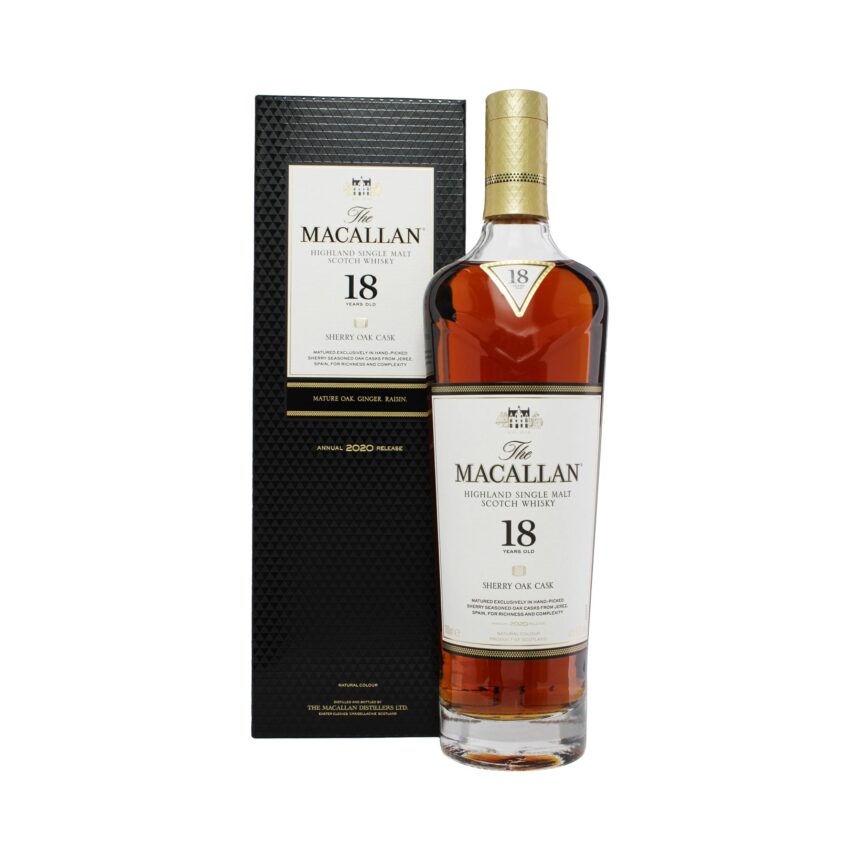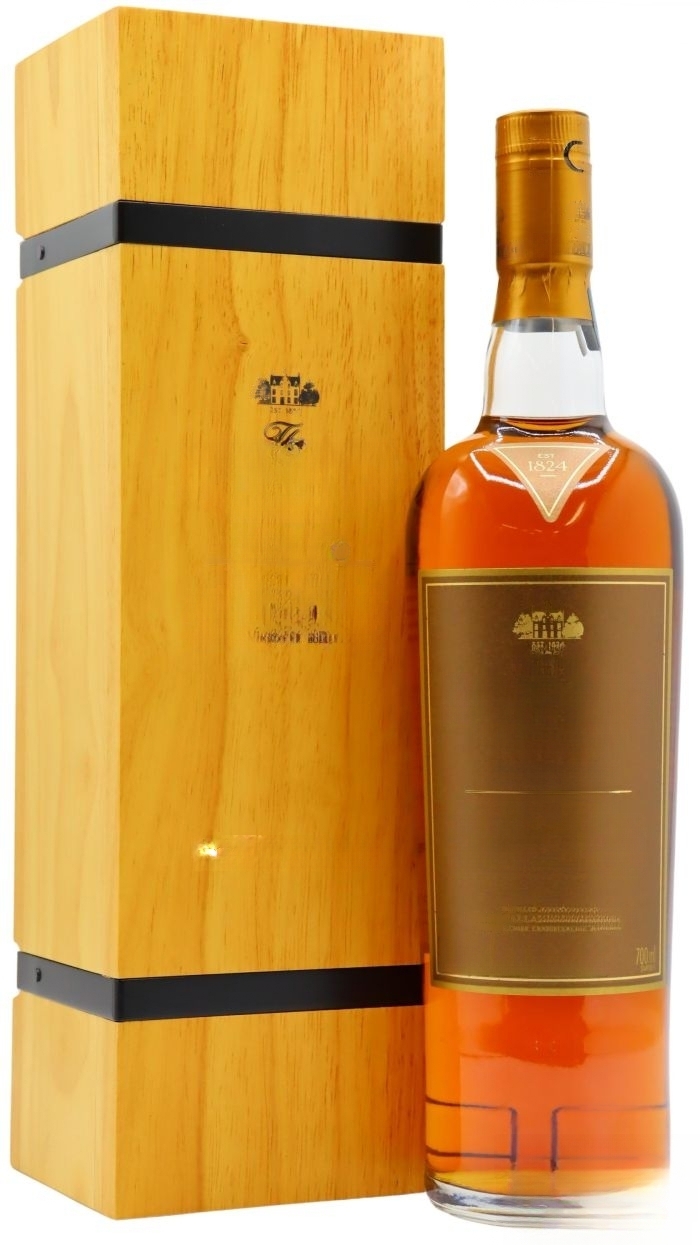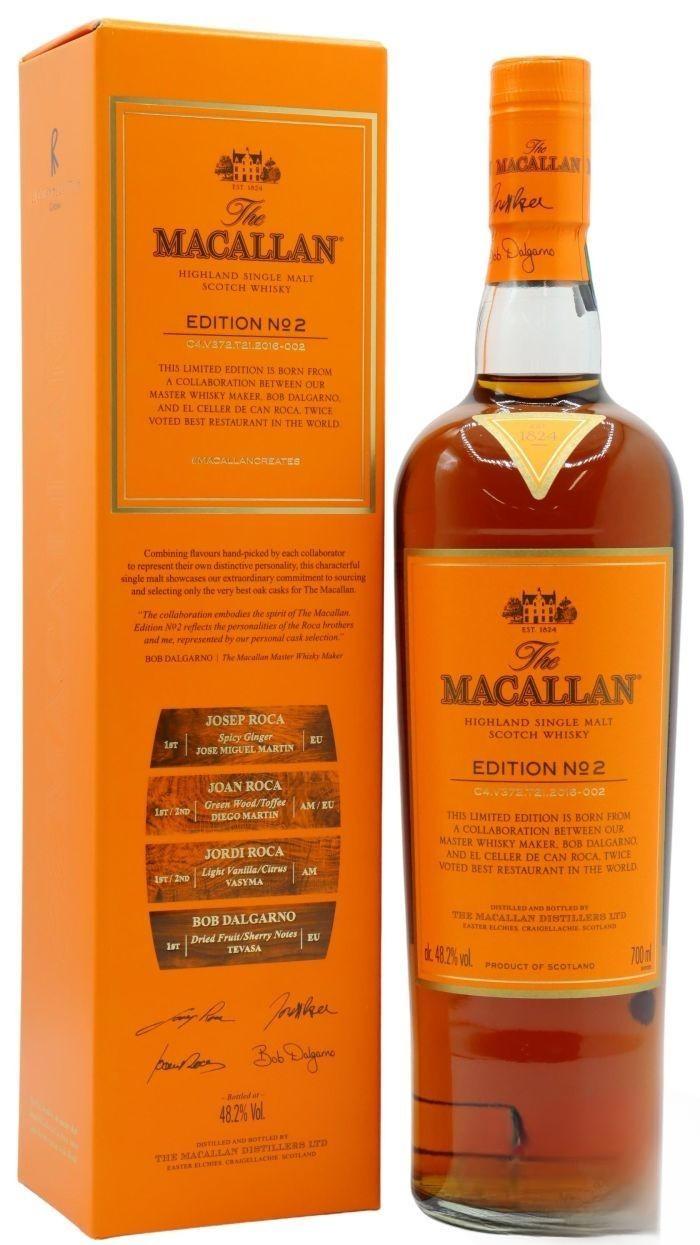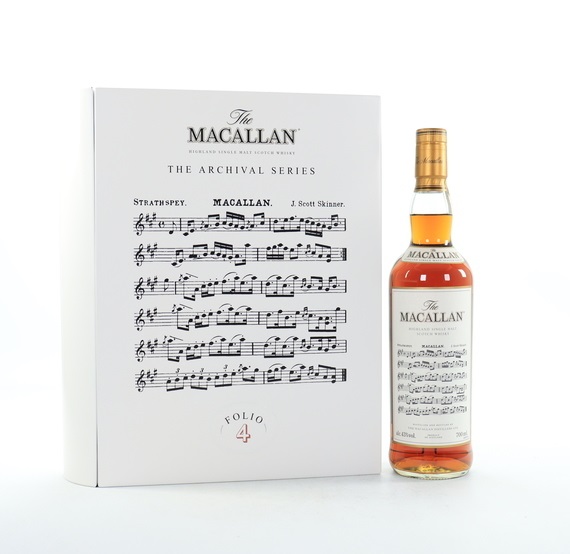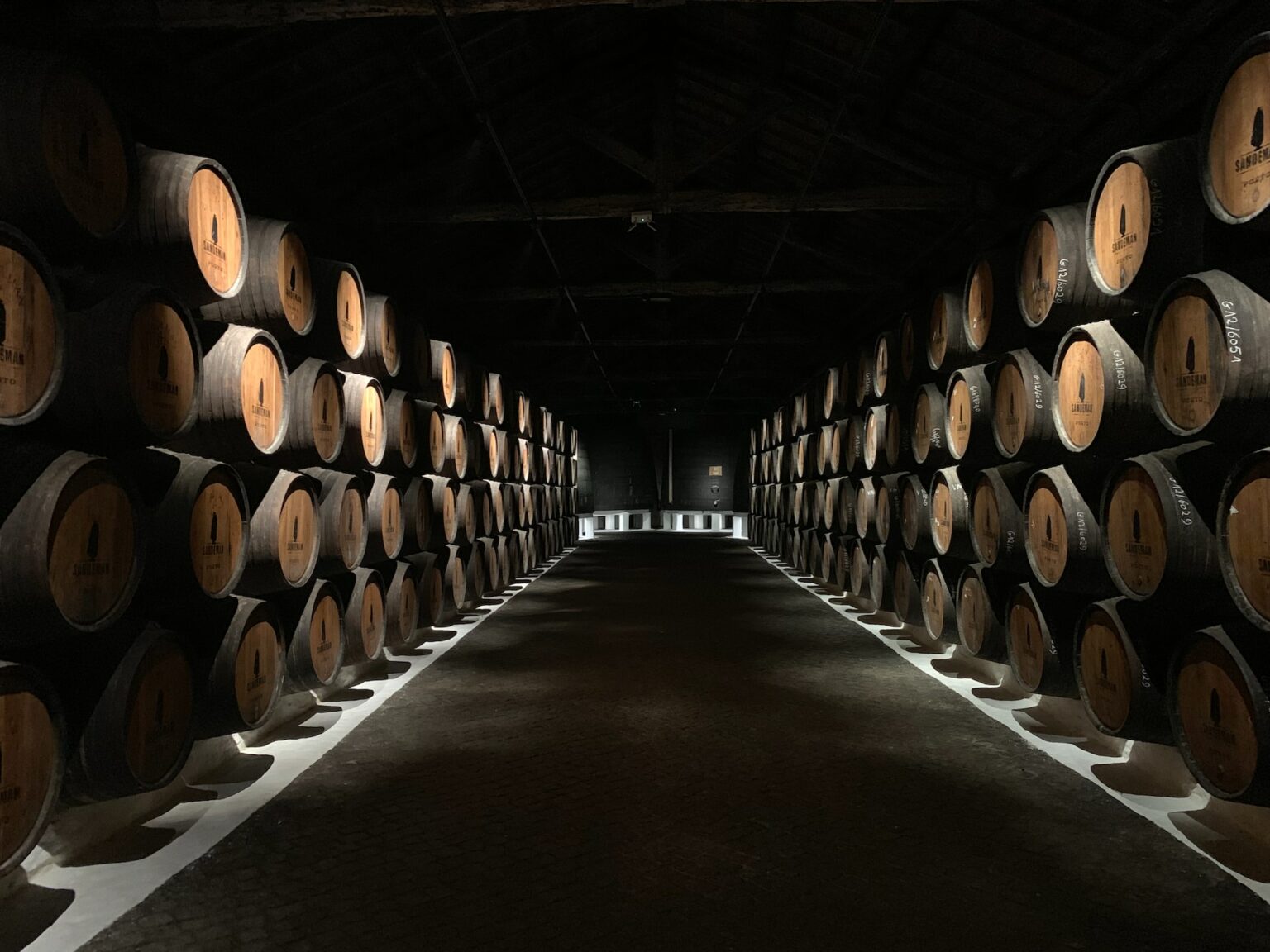While whisky production has been taking place for more than 1,000 years, cask finishing has only become part of the process in the last few decades.
From sherry to tequila, red wine to pale ale, distilleries and independent bottlers have experimented with all kinds of finishes to bring a new flavour and intrigue to their releases.
We tell you everything you need to know about cask finishing, including what it is, how it works and which are the most popular finishes.
What does cask finished mean?
Whisky is aged in wooden barrels and the type of barrel used will have a massive influence on the profile of that whisky.
Usually, whisky will spend the entirety of the maturation process in just one barrel, but sometimes it gets moved into another barrel (that previously contained something else) for a second maturation. This is known as cask finishing and is done to impart additional characteristics.
Balvenie was one of the first distilleries to produce a cask-finished whisky when they released the Balvenie Classic in 1983 – which had spent a brief period in sherry butts following the initial maturation. Of course, they weren’t alone in trying to push the boundaries of whisky, and the likes of Glenmorangie and Diaego were similarly experimenting at this time.
The following 40 years have seen the popularity of cask finishing grow substantially and it is now commonplace in the industry.
How does cask finishing work?
Whisky must be aged for at least three years in order to legally be called ‘whisky’. However, in an attempt to get a different flavour profile, distillers will often transfer the matured spirit into another cask for a short amount of time – perhaps just weeks or months.
In fact, there is no minimum or maximum time that a second maturation must last, but most tend to be between six months and two years.
The great thing about barrels is that they take on the flavour of whatever was held in them previously. This is because, when the barrel breathes, the liquid soaks into the wood – meaning that the barrel retains some of the characteristics of the liquid, even when it’s been emptied.
During this second maturation, the breathing process continues and the liquid that’s been soaked into the barrel starts to impart some of its flavour back into the newly added whisky.
What are the most common cask finishes?
So we know what cask finishing is and why it’s done, but what are the most popular finishes? Well, the three most common are sherry, bourbon and port, and they all have their own unique qualities.
Sherry
Sherry casks are by far the most common barrels used for finishing whisky on the market. While ex-Oloroso barrels are the most popular, fino sherry and Pedro Ximenez casks are also frequently used. Interestingly, almost all of the sherry casks used in the whisky industry have been ‘seasoned’ for that purpose – as opposed to using casks that sherry has actually been matured in (this is because bodegas don’t typically discard of their casks!). Sherry-finished whiskies tend to have warming notes of spice and dark fruits, coupled with a dark red hue and oily mouth finish.
Bourbon
After sherry, bourbon finishes are perhaps the most frequently seen on the shelves. In American law, barrels used to mature bourbon can only be used once, meaning most find a second home in the Scotch whisky industry. It’s thought that bourbon barrels impart around 60% of their flavour, and though similar to whisky in many respects, it’s profile adds elements of vanilla, caramel and subtle spice.
Port
If you’re looking for a dessert whisky, then look no further than a port-finished dram. With its deep colour and rich character, ex-port casks can transform a standard expression into something much more decadent. Whiskies such as the Glenmorangie Quinta Ruben or Penderyn Portwood have delicious notes of chocolate, dark fruit and honey – perfect for cold winter nights or accompanying a cheese board.
As well as these three popular finishes, you may also see whisky that’s been matured in casks that used to hold:
- Rum
- Red wine
- Manzanilla
- Moscatel
- Tequila
- IPA
- Madeira
- Sauternes
… just to name a few!
What can’t be used?
While Irish and American whiskey has almost complete flexibility as to what can be used in finishing, Scotch producers are a bit more restricted.
Thankfully, this has started to change, as updated regulations now allow for the use of casks that have held almost all types of spirits, wine or beer.
There are, however, exceptions. As a basic rule of thumb, if cask maturation is not used in the production of a particular liquid, then it can’t be utilised by the whisky industry. Gin, for example, isn’t allowed.
Cider is also a no-no, which is why Glen Moray’s Cider Cask Project expression caused a little bit of a stir.
Interested in trying different cask finishes?
In a centuries-old industry, that’s often restricted by tight regulations, cask finishing has brought innovation, intrigue and some fantastic new whiskies to the market.
But don’t just take our word for it! Visit our website and explore an extensive range of different finishes.

